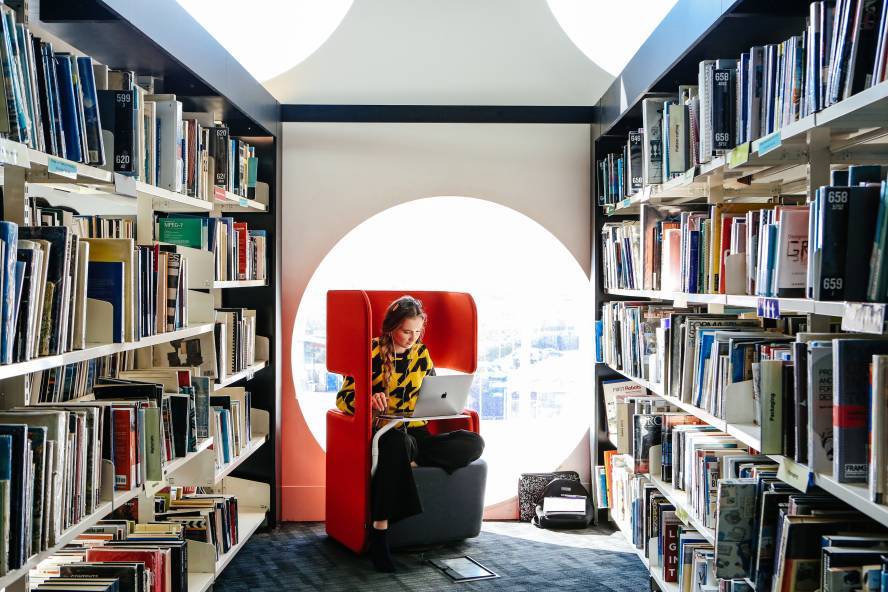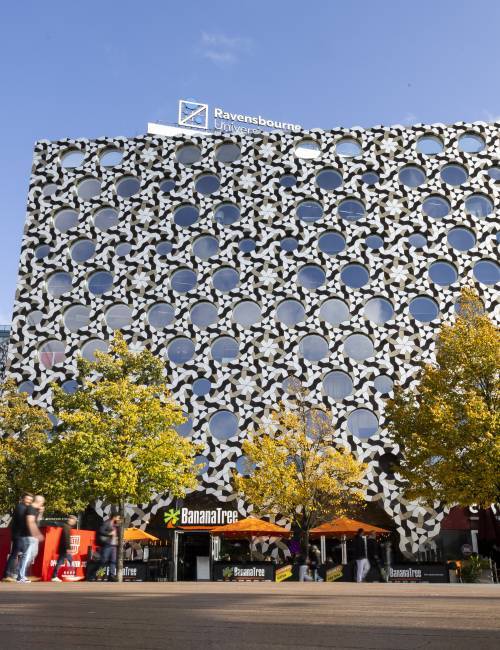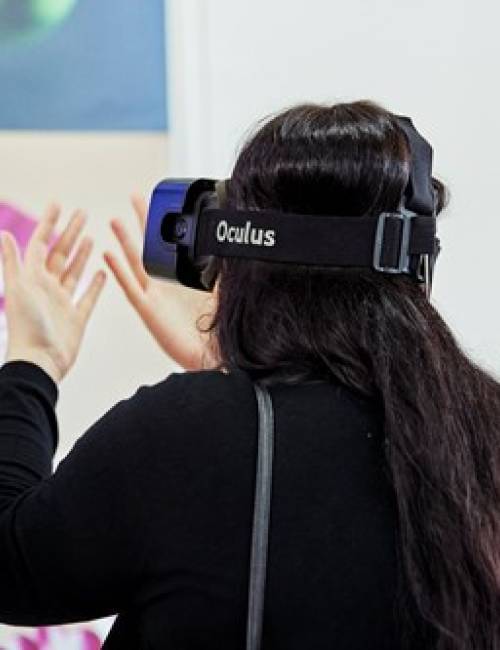BA (Hons) Games Art
Apply now:

Currently reading: Course overview
Course overview
-
Starts: Sep 2025
-
Duration: 3 years
-
Mode: Full time
-
UCAS code: I602
-
Fees: UK: £9,535 (2025/26) / INT: £17,000 (2025/26)
Ideal for...anyone wishing to break into the ever-expanding world of games art.
Bring vivid games worlds and characters to life.
This BA (Hons) Games Art degree in London places making and experimentation at the centre of your learning. Explore the fundamentals of 2D and 3D art creation and utilise state-of-the-art technologies to build intricate games worlds and convincing characters.
Student showcase
Why study this games art degree course?
- Develop skills across three main specialisms: environment, characters and technical art
- Build the fundamental skills in core games working technologies and production methodologies
- Build the entrepreneurial and broader business awareness to thrive in a competitive working environment
- Build connections and find long-lasting careers in the vast field of games art
- Explore the various disciplines that make up art departments in modern games development
- Develop your own practice in a supportive environment
- Build essential interdisciplinary skills through collaboration with other courses
What is a games art degree?
The huge rise of gaming in recent years has seen the sector develop rapidly, to become the biggest entertainment industry in the world.
The growth of this sector has created a vast amount of new employment opportunities. This BA (Hons) Games Art course in London will enable you to build the skills and confidence to harness these opportunities and secure roles within the vast field of game art.
Our course is part of a suite of other Games courses, which foster collaboration and interdisciplinary co-production, mirroring the partnerships vital to thriving in the professional games industry.
What you will study
In your first year, you will delve into the various art roles in the industry, allowing you to specialise and focus as you progress toward your final year.
A specific work-based learning module in year two will enhance your industry awareness and allow you to build valuable connections.
Your learning will address sociopolitcal considerations and will inspire you to use your creative process to address personal and global issues relating to the environment, gender, race and diversity.
You will leave Ravensbourne equipped with not only extensive knowledge and skills in games art, but also with the confidence to work collaboratively, solve problems and thrive in the wider business landscape.
Key study topics
- Game engine technologies
- Scripting
- Production methodologies
- Development cycles
- Concepting and ideation
- Prototyping
- Documentation
- 2D/3D art pipelines
- Character design
- Environment design
- Games culture and studies
- Game design fundamentals
- Team working
Frequently asked questions
What is concept art in video games?
Concept art in video games refers to the visual representation of ideas, designs, and artistic concepts used in the pre-production and development stages of a video game. It is a crucial aspect of the game development process, providing a visual foundation and guiding the artistic direction of the game.
Key aspects of concept art in video games include:
-
Visualising game elements: Concept artists create artwork to depict various aspects of the game, such as characters, environments, creatures, objects, and vehicles. These visual representations help the development team visualise how the game will look and feel.
-
Character design: Concept art is used to design and visualise characters in the game. The artwork can define elements such as their appearance, outfits and other visual characteristics.
-
Environment design: Concept art showcases the game's environments and sets the general tone and mood for a game. This helps environment artists to create fully immersive game worlds.
-
Storyboarding: In some cases, concept artists create storyboards, which are sequences of illustrations that visually depict key moments or events in the game's narrative. Storyboards help the development team plan and understand how the game's story will unfold.
Career pathways
The specifics
Downloadable Course Specification
Each year of study offers you a clear and defined route into a chosen industry discipline within games art departments.
From the start, you’ll engage with students across different games courses, in shared modules and collaborative group work.

















